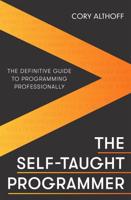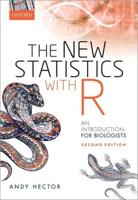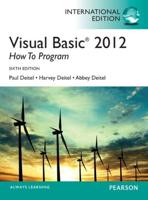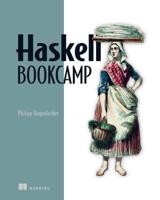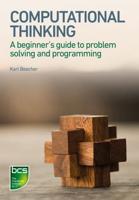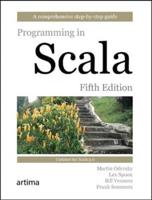Publisher's Synopsis
Read on if you want to learn to use Linux and level up your career but are pressed for time.
As the Linux Training Academy founder and an instructor of several courses, I've had the good fortune of helping thousands of people hone their Linux skills. Interacting with so many people just getting started with the Linux operating system has given me invaluable insight into the particular struggles and challenges people face at this stage.
One of the biggest challenges for people interested in learning the ins and outs of Linux is simply a lack of time. When working with a limited and extremely valuable resource, you want to make the most of it.
The next biggest challenge for Linux newcomers is knowing where to start. There is so much information available that deciding what to focus your attention on first is a big enough hurdle to keep many people from even starting. What's worse is starting to learn only to discover too many concepts, commands, and nuances that aren't explained. This experience is frustrating and leaves you with more questions than answers.
Not only have I condensed the most important material into five sections, each designed to be consumed in a day, but I've also structured the content logically and systematically. This way, you'll make the most of your time by learning the foundational aspects of Linux first and then building upon that foundation each day.
In Linux in 3 Days, you will learn the most important concepts and commands and be guided through several practical and real-world examples. As new concepts, commands, or jargon are encountered, they are explained in plain language, making it easy to understand.
- How to get access to a Linux server if you don't already.
- What a Linux distribution is, and which one to choose?
- What software is needed to connect to Linux from Mac and Windows computers? Screenshots included.
- What SSH is and how to use it, including creating and using SSH keys.
- The file system layout of Linux systems and where to find programs, configurations, and documentation.
- The basic Linux commands you'll use most often.
- Creating, renaming, moving, and deleting directories.
- Listing, reading, creating, editing, copying, and deleting files.
- Exactly how permissions work and how to easily decipher the most cryptic Linux permissions.
- How to use the nano, vi, and emacs editors.
- Two methods to search for files and directories.
- How to compare the contents of files.
- What pipes are, why they are useful, and how to use them.
- How to compress files to save space and make transferring data easy.
- How to customize your shell prompt.
- How to be efficient at the command line using aliases, tab completion, and your shell history.
- How to schedule and automate jobs using cron.
- How to switch users and run processes as others.
- Where to go for even more in-depth coverage on each topic?

